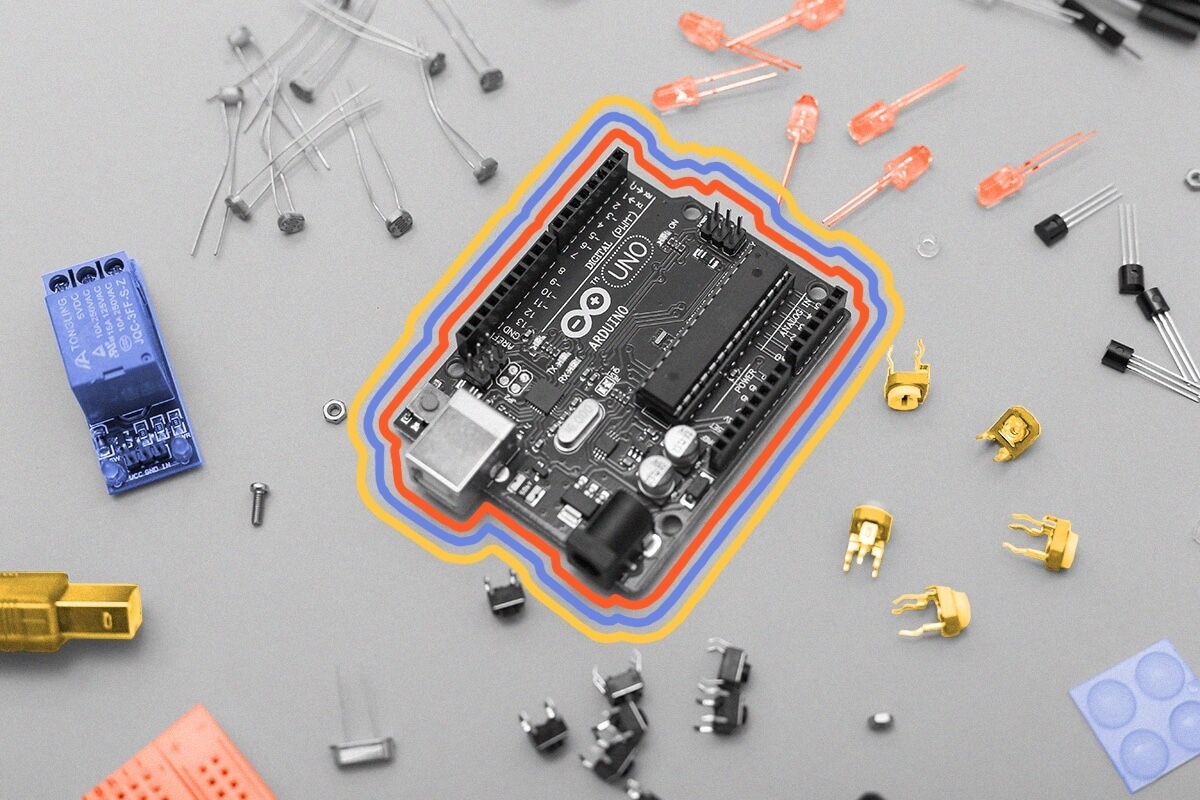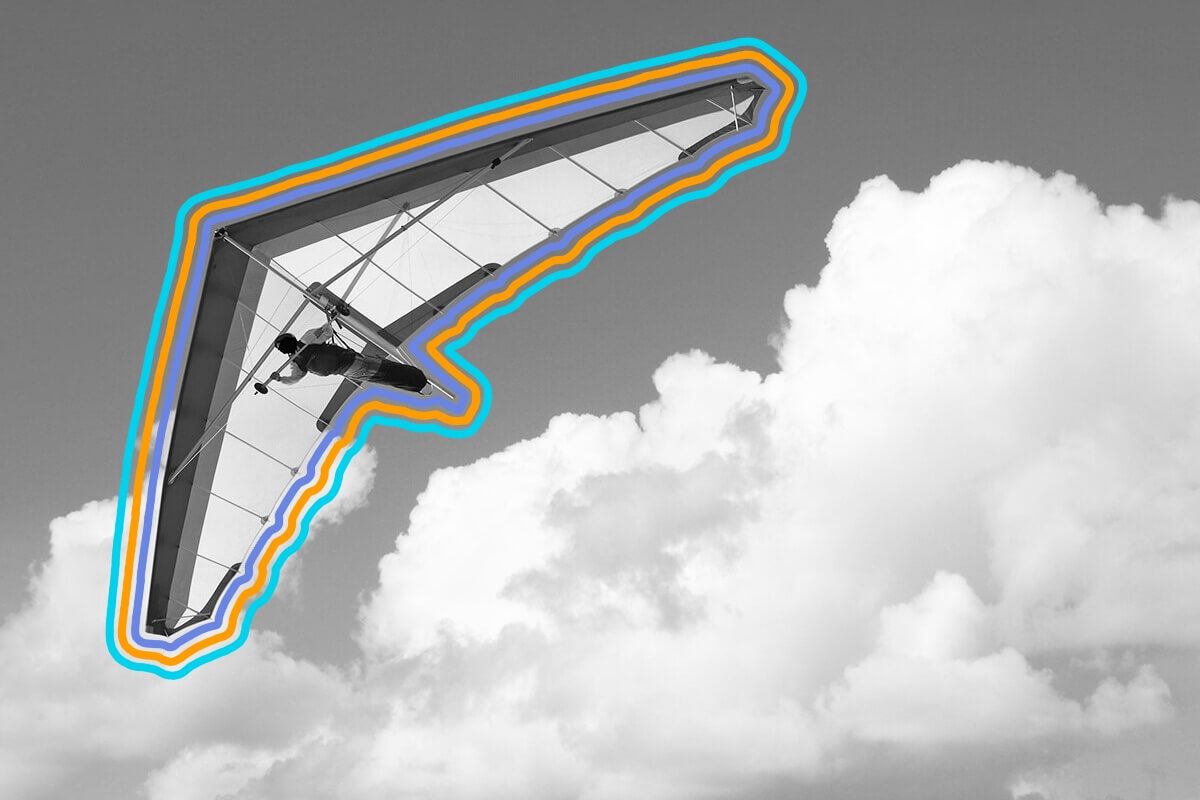
Lord Byron’s daughter Ada Lovelace is often considered the world’s first computer programmer.
The famous poet Lord Byron once wrote of his daughter Ada that he hoped “the gods have made her anything save poetical — it is enough to have one such fool in the family.” He got his wish. Instead, Ada Lovelace followed a path many considered impossible for a woman in the early 19th century. Encouraged by her mother, Lady Byron, Lovelace developed a passion for mathematics at a young age. In 1833, a 17-year-old Lovelace met British mathematician Charles Babbage at a party, and he told her about a calculating machine he’d created called the Difference Engine. Fascinated, Lovelace eventually began a regular correspondence with Babbage.
About a decade later, while translating a French text regarding Babbage’s proposed Analytical Engine — often considered the first mechanical computer — Lovelace added a few notes of her own. “Note G” detailed a method through which Babbage’s creation could calculate complex numbers called Bernoulli numbers. This is often considered the world’s first computer program, making Lovelace the first computer programmer. While Babbage was the brains behind the machine, Lovelace was the one who truly grasped its wider importance, foreseeing a future where engines could use the “abstract science of operations” to do things beyond mere computation — like composing complex music, for example. It took the world nearly a century to catch up to her vision.
In the 1940s and ’50s, engineering computers was perceived as a man’s profession, but programming them was considered secretarial. As a result, many women took jobs as programmers — helping Alan Turing crack the Enigma Machine during World War II, writing instructions for the world’s first general-purpose computer called ENIAC, and creating the world’s first compiler (a program that translates programming languages into machine languages). According to government data, in 1960 around 27% of programmers were women. In 2013, that number was 26% and falling. Today, many leading universities are working hard to reverse that trend.

